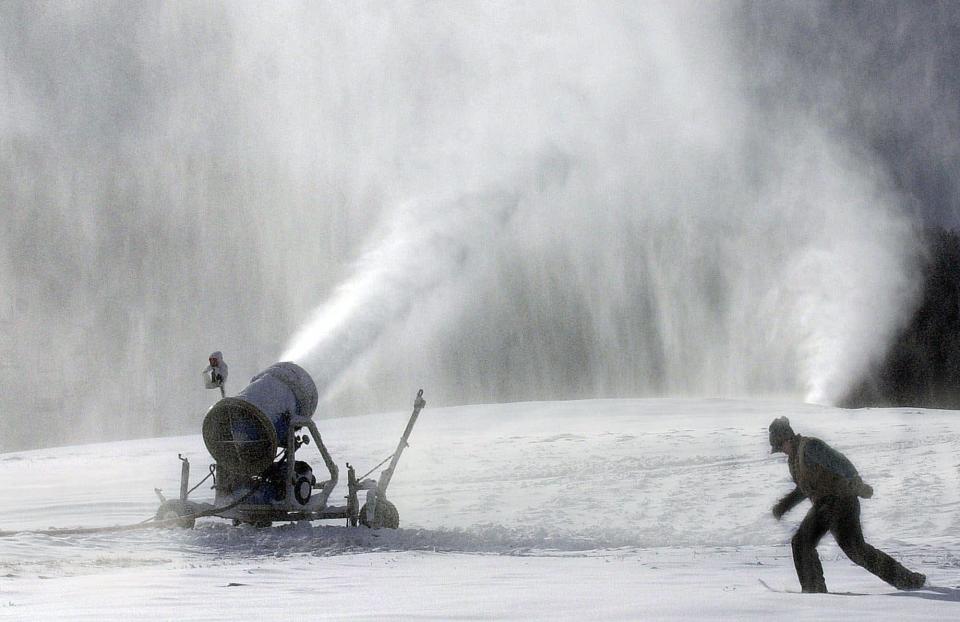Weird science: Could piling man-made snow on Antarctica stop ice sheet collapse?
Could artificial snow really save the world?
Well, this plan is so crazy it just might work.
Piling billions of tons of man-made snow on top of the West Antarctic ice sheet could prevent it from melting and thus collapsing into the sea, a new study suggests. Such a "hail-Mary" effort could then stop an eventual global sea-level rise of 10 feet, which would inundate coastal cities around the world, according to the study authors.
"Snow can indeed push the ice sheet back toward a stable regime and stop the instability (of the ice sheet)" said study lead author Johannes Feldmann of the Potsdam Institute for Climate Impact Research in Germany. In practice, he said it could be done by pumping seawater out of the ocean and "snowing it" onto the ice sheet at a rate of several hundred billion tons per year over a few decades.
West Antarctica is "ground zero" for global sea-level rise, according to Gizmodo. The eventual collapse of the region's ice sheets might happen even if the world meets the Paris Agreement goals of putting the brakes on temperature rises, and if that happens it would completely reshape the shorelines of the world.
Would the snow-making plan be worth it? Study co-author Anders Levermann, also of the Potsdam Institute, told Reuters, "We are already at a point of no return if we don’t do anything. We can bring it back to the stable point by a small interference now – or by larger and larger interference later.”

In a statement, Levermann said, “The fundamental trade-off is whether we as humanity want to sacrifice Antarctica to save the currently inhabited coastal regions – and the cultural heritage that we have built and are building on our shores. It is about global metropolises, from New York to Shanghai, which in the long term will be below sea level if nothing is done."
The amount of snow needed to stabilize the glaciers is staggering: At least 7.4 trillion tons of snow, which is the equivalent in mass of about 500 billion large tractor-trailers.
An expert on Antarctic ice, who was not involved in the research, was skeptical of the proposal:
"In addition to the massive infrastructure required to achieve what they are discussing, the snow produced would be derived from saltwater, (which is) far more prone to melt and additional impacts if the surface air temperature rises, as expected, in the coming several decades," Ted Scambos, a senior research scientist at the University of Colorado, told USA TODAY.
He said the slushy saltwater snow on top of the ice could actually make the ice more unstable, basically worsening the original problem.
"I think overall the value of the study is to strengthen the case of simply addressing decarbonization," Scambos said, alluding to plans to reduce carbon emissions by curtailing humanity's use of fossil fuels.
The study was published Wednesday in the peer-reviewed journal Science Advances.
This article originally appeared on USA TODAY: Antarctica ice: Could man-made snow prevent ice collapse?

